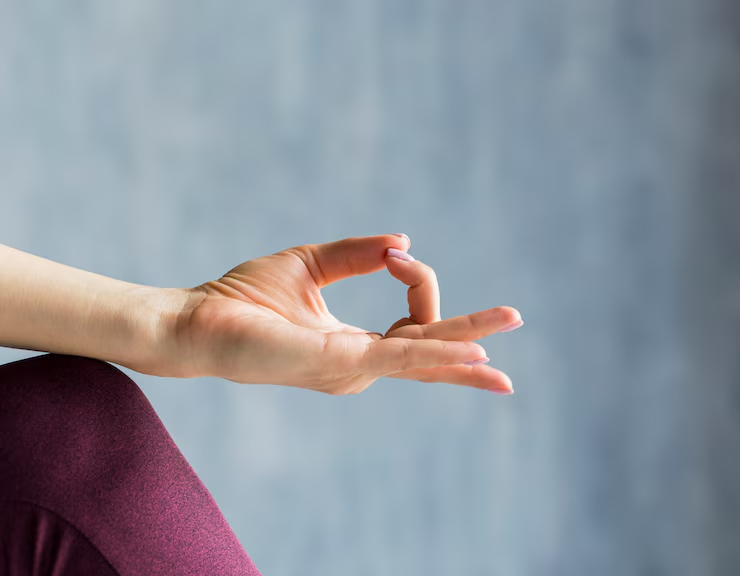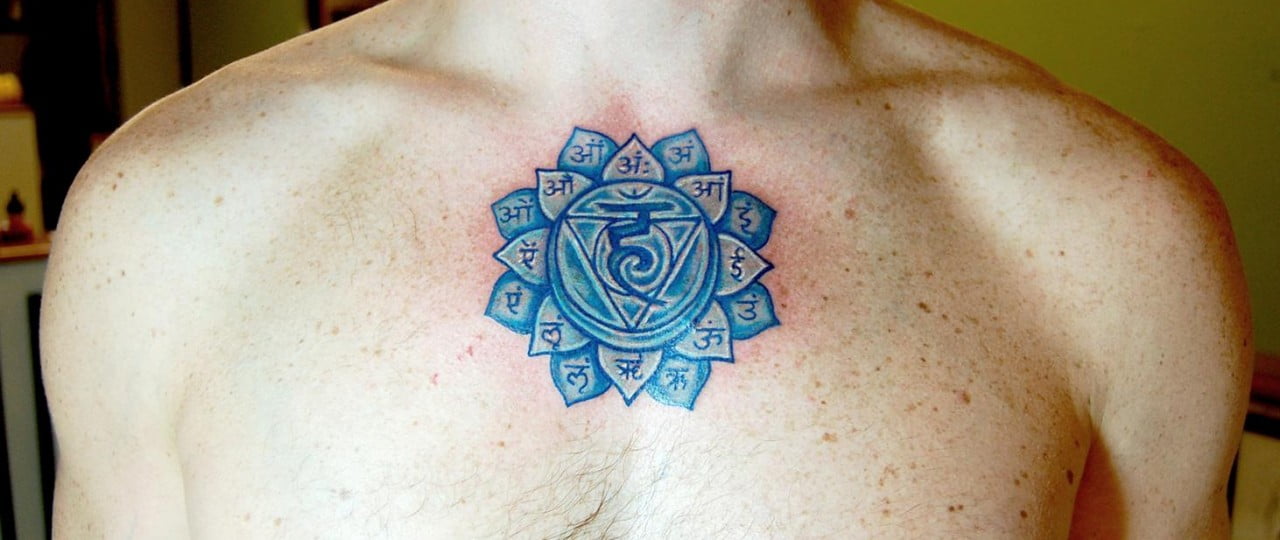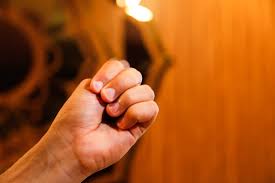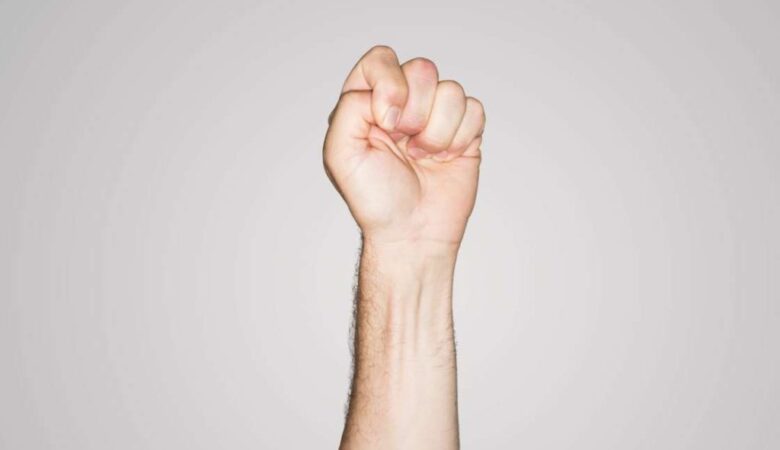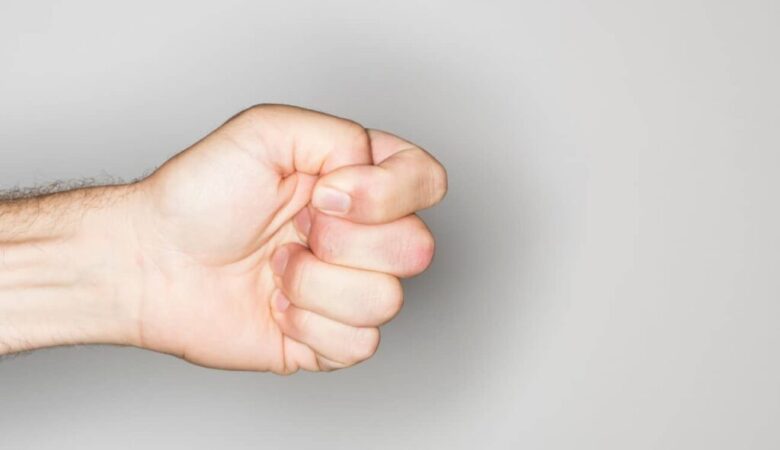Chin Mudra, one of the most recognized and widely practiced hand gestures in yoga and meditation, holds deep symbolic and energetic significance. Derived from Sanskrit, “Chin” means consciousness, and “Mudra” means seal, gesture, or symbol. Therefore, this Mudra is often referred to as the “Gesture of Consciousness”, used to cultivate inner awareness, still the mind, and channel the flow of prana (life energy).
Table of Contents
Origins and Symbolism:
Chin Mudra is rooted in ancient yogic and tantric traditions and is prominently used in both Hatha Yoga and Raja Yoga. It represents the union of individual consciousness (Jivatma) with universal consciousness (Paramatma).
Symbolism of the Fingers:
Thumb: Represents divine consciousness (Brahman).
Index Finger: Represents the individual self (ego or Jiva).
Joining the Two: Symbolizes the union of the individual soul with the supreme reality.
Remaining Three Fingers: Represent the three qualities of nature (Gunās):
- Middle Finger – Tamas (inertia)
- Ring Finger – Rajas (activity)
- Little Finger – Sattva (harmony)
By curling these fingers inward, the practitioner symbolically transcends the Gunās and merges into pure consciousness.
How to Perform Chin Mudra:
Chin Mudra is simple, making it accessible to practitioners at all levels. It is typically performed during meditation, pranayama, or relaxation.
Step 1:
Choose a stable meditation posture such as Sukhasana (Easy Pose), Padmasana (Lotus Pose), or Vajrasana (Thunderbolt Pose). Keep the spine upright and shoulders relaxed.
Step 2:
Touch the tip of the index finger to the tip of the thumb, forming a circle. Keep the other three fingers extended but relaxed.
Step 3:
Rest the backs of the hands on the knees, with palms facing upward (this distinguishes it from Jnana Mudra, where palms face down). Elbows should remain slightly bent and relaxed.
Step 4:
Close your eyes. Breathe slowly and naturally. Maintain awareness of breath, mantra, or inner silence.
Benefits of Chin Mudra:
Chin Mudra, though subtle, has profound effects on both body and mind. It acts as an energetic seal that helps to retain and circulate pranic energy during meditation and breathwork.
Enhances Mental Clarity and Concentration:
Chin Mudra redirects prana toward the brain, improving mental focus, awareness, and memory.
Calms the Nervous System:
When combined with slow breathing or pranayama, it activates the parasympathetic nervous system, reducing anxiety and promoting inner calm.
Stimulates the Root Chakra (Muladhara):
Grounding in nature it supports feelings of stability, safety, and security, making it ideal for anxious or restless minds.
Improves Meditation and Spiritual Awareness:
The gesture supports meditative absorption (dhyana), helping to transcend ego and enter a state of inner stillness.
Aids in Sleep and Relaxation:
Practicing this Mudra before sleep or during yoga nidra can help improve sleep quality and reduce restlessness.
When and How Often to Practice:
Ideal Times:
- Early morning, during meditation or pranayama.
- During yoga nidra or deep relaxation.
- Before sleep to relax the mind.
Duration:
-
-
Can be held for 5-45 minutes, depending on the practice.
-
Frequency:
-
-
Daily practice is encouraged for cumulative benefits.
-
Scientific Insights and Modern Relevance:
Contemporary studies on mudras and meditation suggest that hand gestures like this Mudra can:
- Modulate brainwave patterns, especially alpha waves.
- Improve focus and attention span.
- Balance the autonomic nervous system, especially when paired with deep breathing.
While scientific evidence is still evolving, anecdotal and yogic traditions affirm the mudra’s effectiveness.
Precautions and Tips:
- Avoid excessive pressure between the thumb and index finger; keep it light and relaxed.
- Those with hand injuries or arthritis should be gentle or seek modified versions.
- Combine Chin Mudra with meditative music, chanting (japa), or mantra repetition for enhanced effect.
Conclusion:
Chin Mudra is more than a symbolic gesture; it is a powerful tool for transformation, helping practitioners shift from identification with the ego to realization of the higher self. With consistent use, this ancient mudra can support deep peace, sharper focus, and expanded awareness.
FAQ:
Q. What is Chin Mudra?
A. Chin Mudra** is a yogic hand gesture (mudra) where the thumb and index finger touch, forming a circle, while the other fingers remain extended. It symbolizes the union of individual consciousness (Jiva) with universal consciousness (Brahman).
Q. How long should I hold Chin Mudra?
A. You can hold Chin Mudra for as little as 5 minutes, or as long as 45 minutes or more during meditation or pranayama. Consistency is more important than duration.
Q. Can I practice Chin Mudra while lying down?
A. Yes. Chin Mudra can be practiced while sitting, lying down (e.g., in yoga nidra), or even while walking mindfully. It’s versatile and gentle on the body.
Q. Is Chin Mudra safe for everyone?
A. Yes, it is generally safe. However:
- Those with hand injuries, arthritis, or finger stiffness should avoid forcing the gesture.
- Keep the mudra light and relaxed, not tense.
Q. Can I combine Chin Mudra with mantra or chanting?
A. Absolutely. Chin Mudra enhances mental stillness and is often used during:
- Japa (mantra repetition)
- Om chanting
- Silent meditation or mindfulness practices
Q. Does Chin Mudra have any spiritual significance?
A. Yes. The thumb represents cosmic consciousness, and the index finger represents the individual self. Their union symbolizes the dissolution of ego and the realization of oneness with the universe.
Q. Can Chin Mudra help with stress or anxiety?
A. Yes. When paired with slow, deep breathing, Chin Mudra activates the parasympathetic nervous system, promoting a state of relaxation and inner calm.

